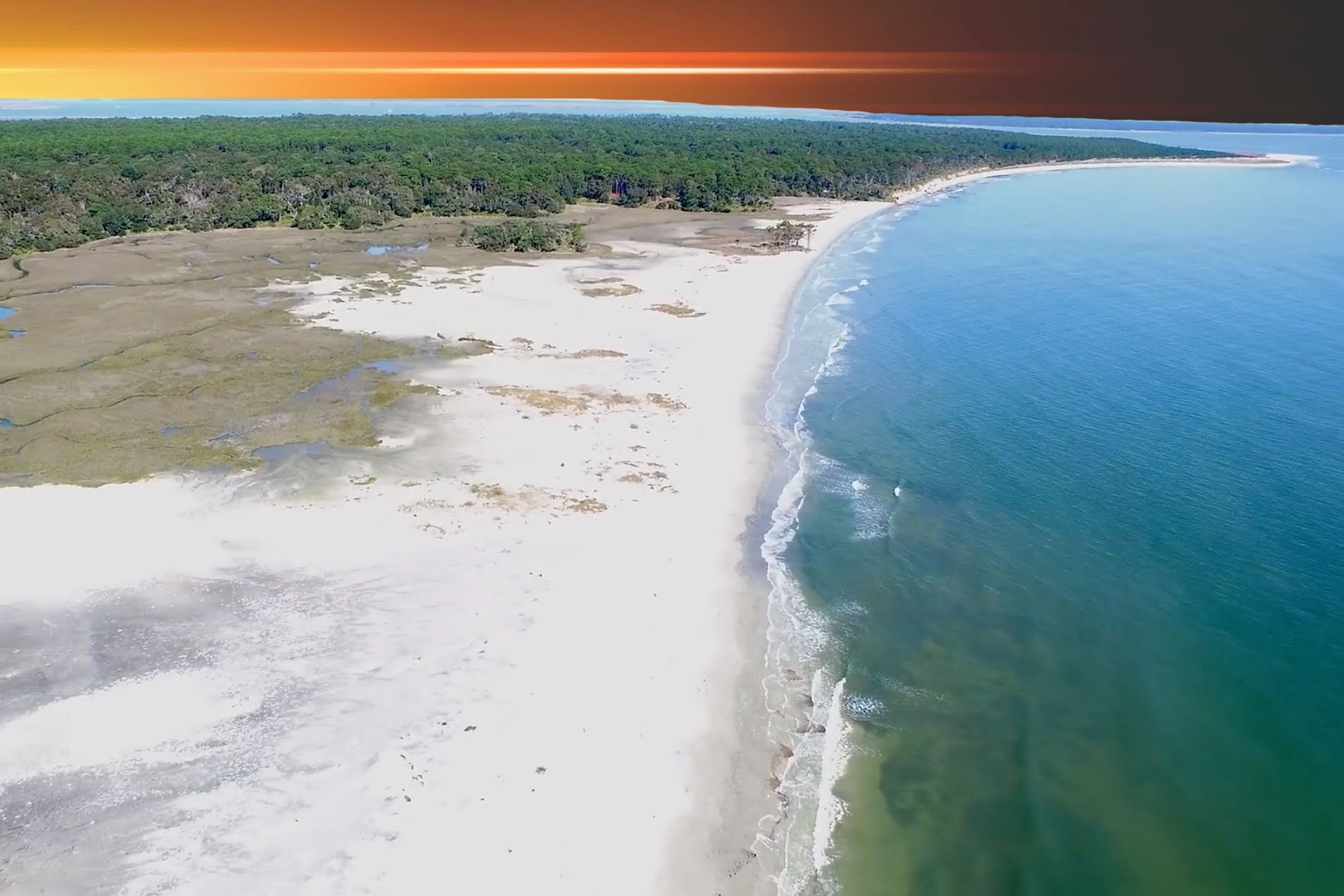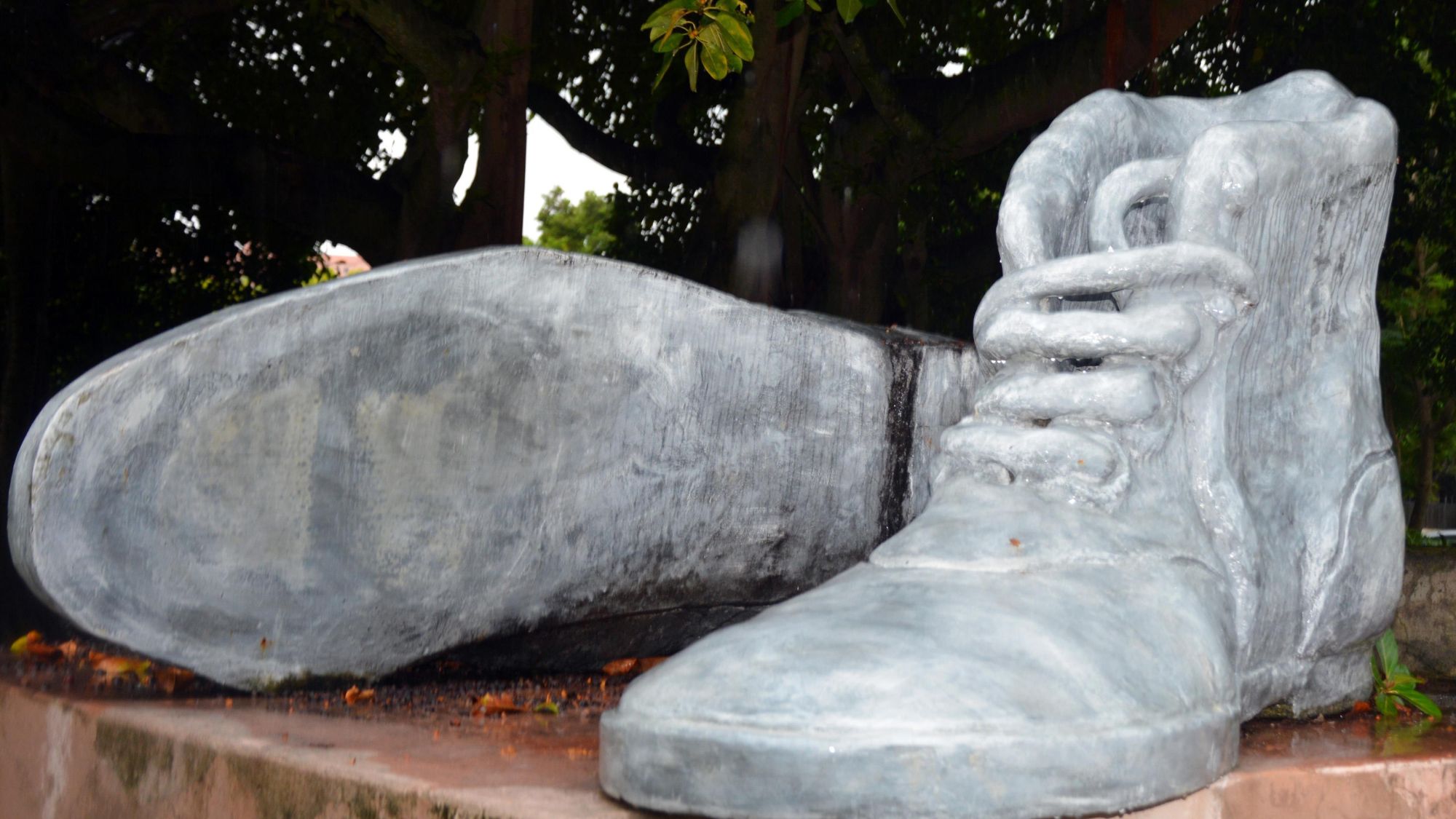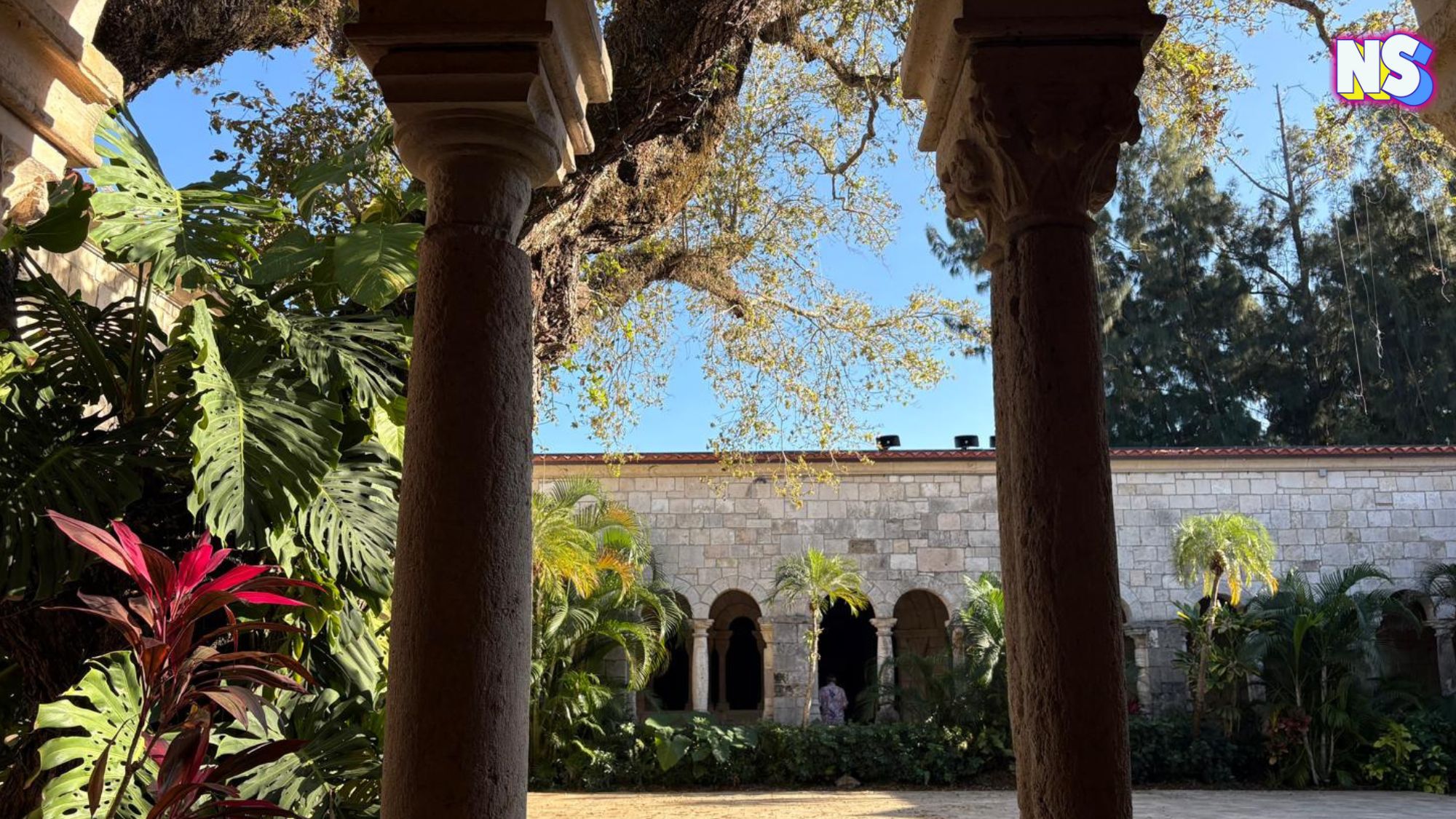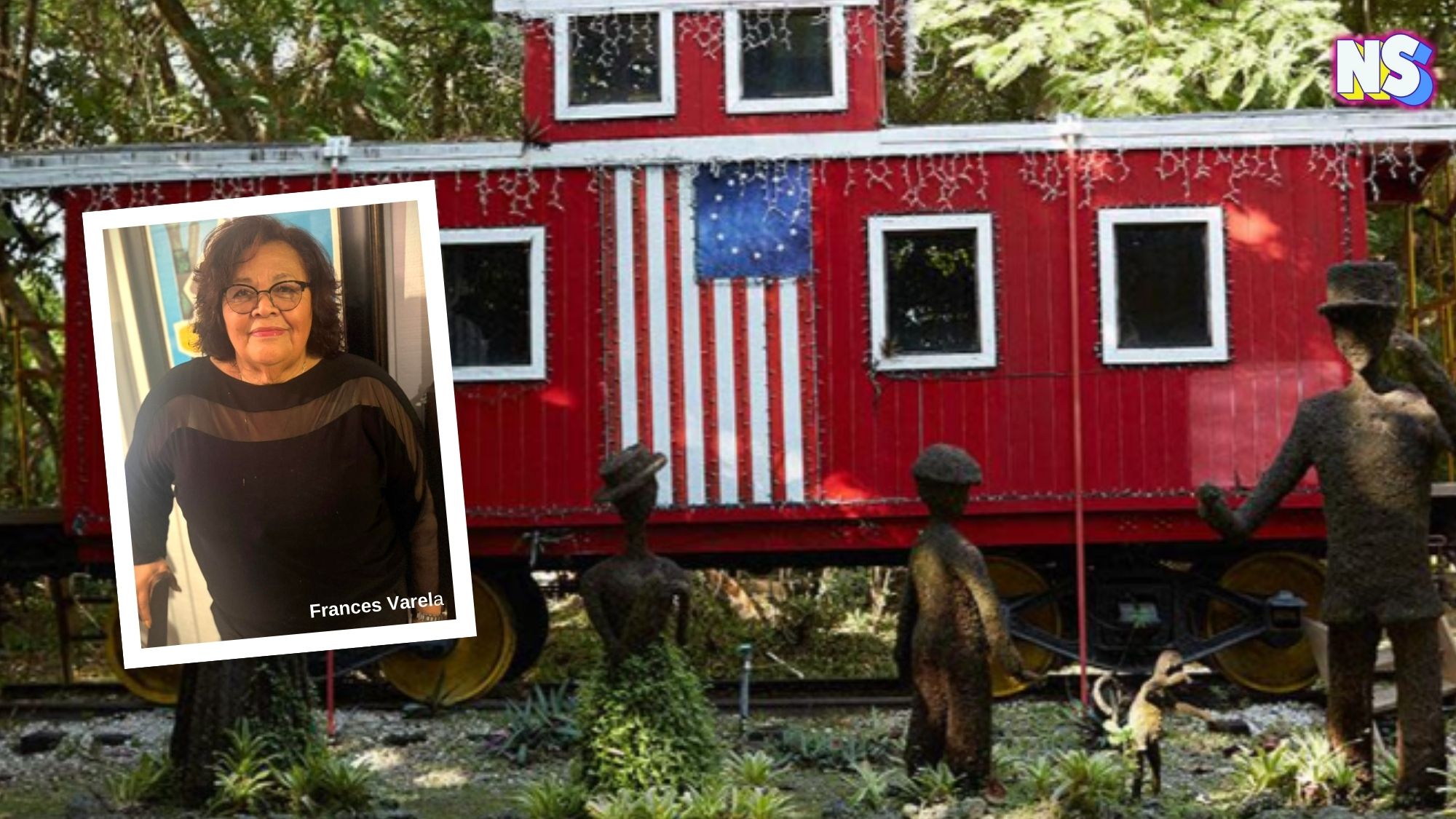Credit: Nuestro Stories
St. Catherine’s Island – off the Georgia coast – is home to the Mission Santa Catalina de Guale, one of the first Spanish missions established on the land now known as America. Established in 1590 by Catholic friars and Spanish conquistadors, the mission was considered one of the most important ones in the Southeastern US.
Read more: Widely Known Companies You Didn’t Know Are Led by Latinos
Florida had been claimed by the Spanish as early as 1513, but the conquistadors hadn’t permanently taken over the land until the 1560s, after Spain granted Pedro Menendez de Aviles governorship of the area. At the time “Florida” actually stretched from the southernmost tip all the way to what is now known as South Carolina. With Georgia as part of Spanish Florida, Menendez made his way towards the area where he encountered the Guale.
Who Were the Guale?
The Guale were an Indigenous tribe that lived along the coastline of the land, as well as the Sea Islands. They’d learned to thrive in the low country wetlands of the region, places where the ocean met the land in various places to create a plethora of marshes thriving with small sea life, plants, and birds. During that phase of colonization, the church would rather bring the Indigenous into the church and the European way of life, and the Guale became part of the Mission community.
The Mission Santa Catalina de Guale, named in part for the people of the land, flourished comfortably on St. Catherines Island until Sir Francis Drake and the English began to make their way through the southeastern seaboard, attacking anyone he encountered along the way. In order to act against these attacks, the Spanish consolidated the amount of missions they used as strongholds, and Catalina de Guale became one of the bases of Spanish colonial power. It remained that way for another hundred years. In the 1680s, further attacks from the British forced those still in Catalina de Guale to abandon the mission and leave the land.
What Happened To the Mission?
When the mission was abandoned, Indigenous reclaimed the land, with Mary Musgrove, a Muskogee Creek leader, taking ownership. Musgrove lived on the land until she died, and when she passed, her husband sold the land to Button Gwinnett, who would later go on to be one of the signers of the Declaration of Independence, and continued to pass through the hands of various owners until eventually falling under the ownership of the Edward J. Noble Foundation.
In the 1980s, the Foundation partnered with the Museum of Natural History to do an archaeological dig on the lands, which uncovered the buried remains of Santa Catalina, along with two other churches, a cemetery, and various living dwellings. Today the land is a private nature reserve, and a favorite research site for scholars, educators, and archaeologists.
Things to know before you go:
- The beach is accessible by boat, but the island is not allowed to be accessed by the public.
- Over one million artifacts have been found on the island and are a part of the collection stored at the Fernbank Museum of Natural History in Atlanta.
Location: Island in Liberty County, Georgia
Experience it here.





